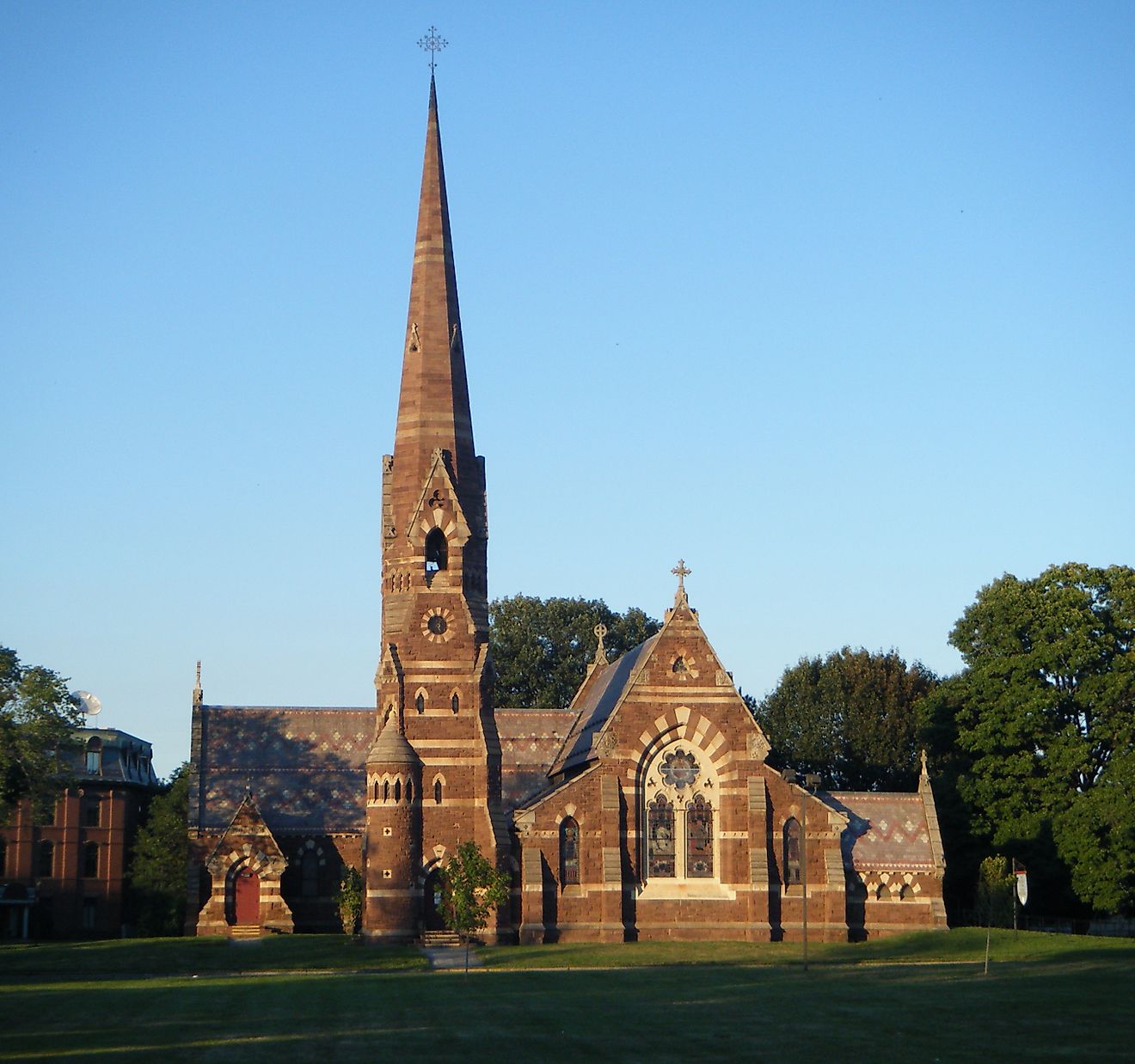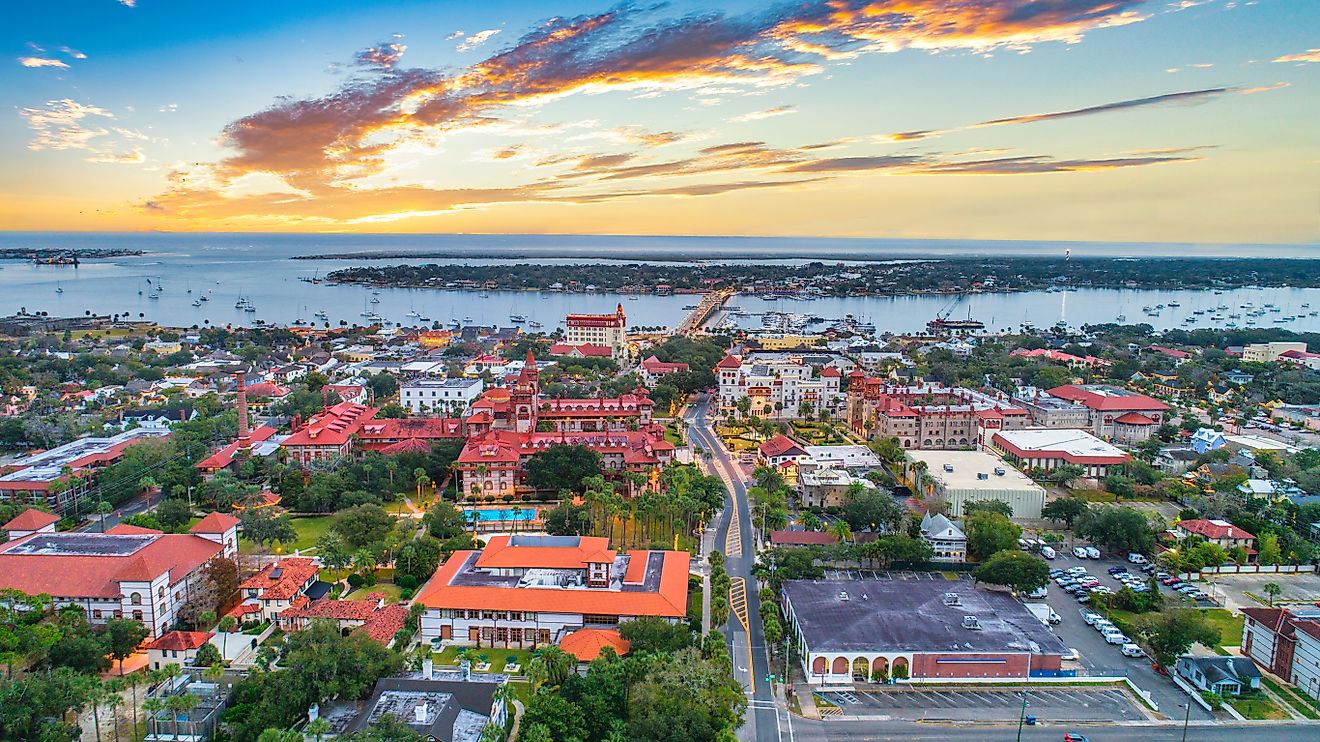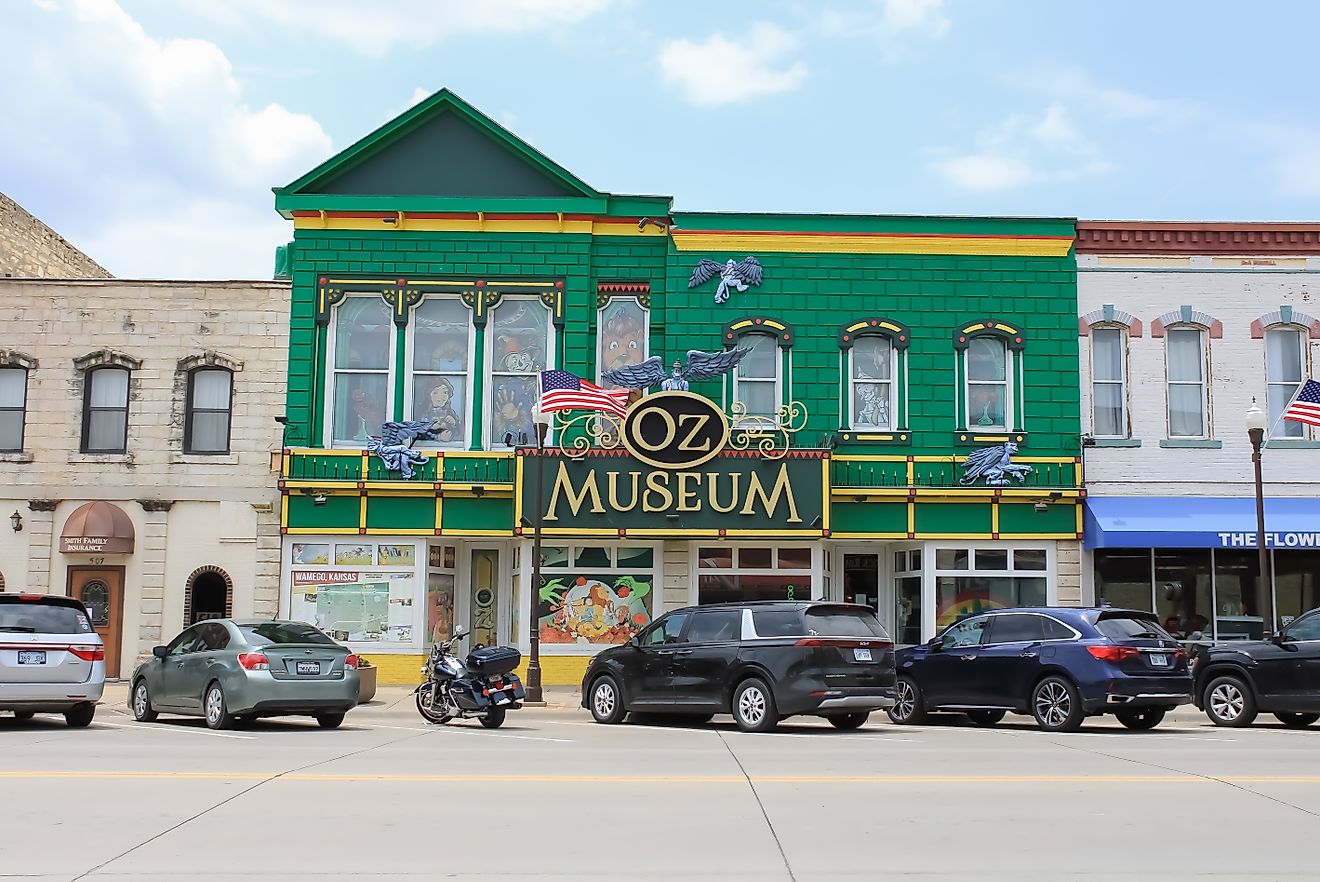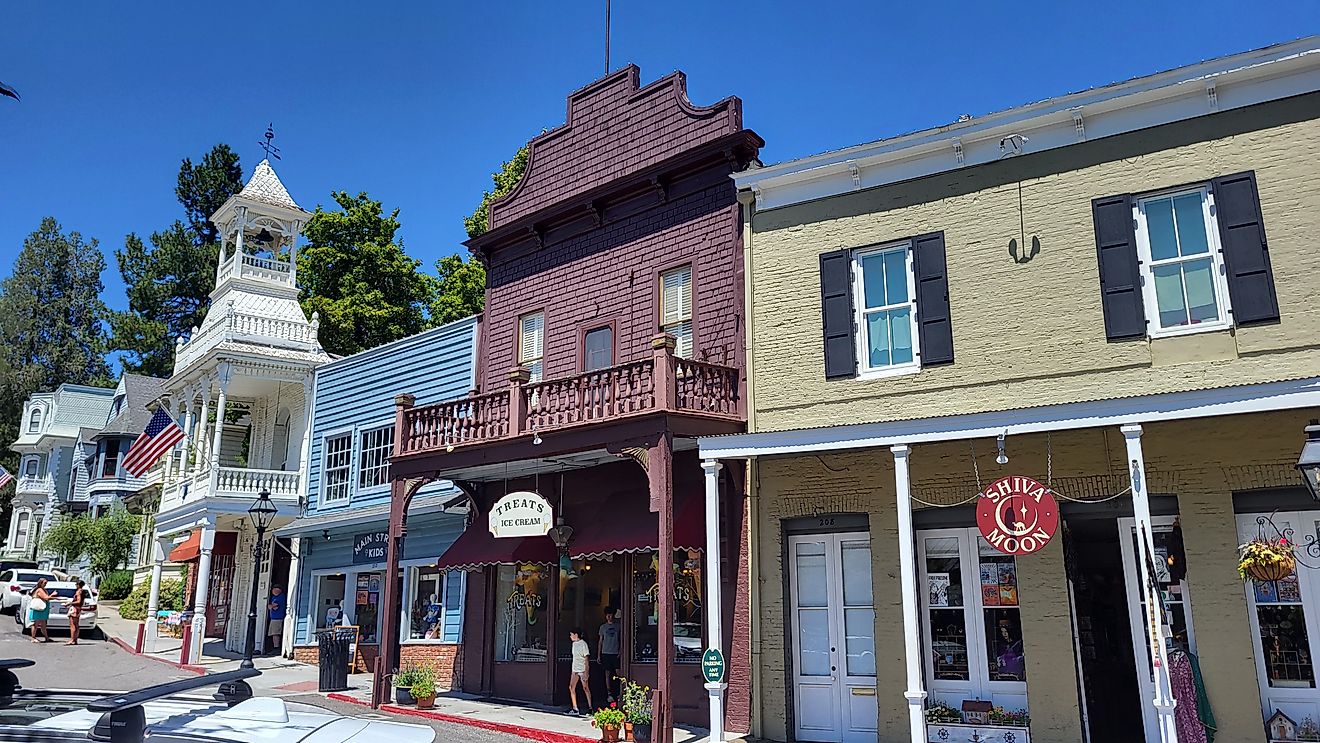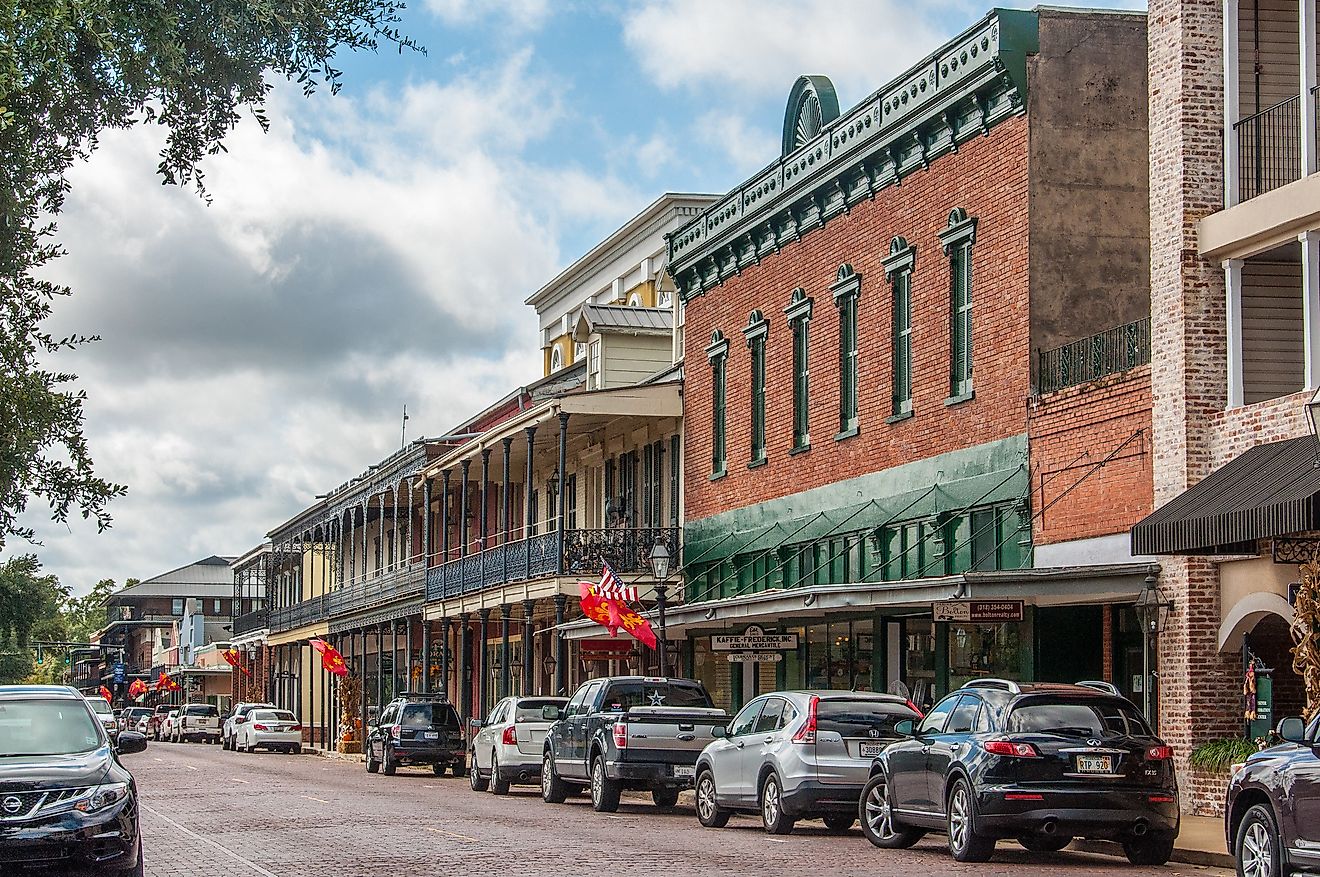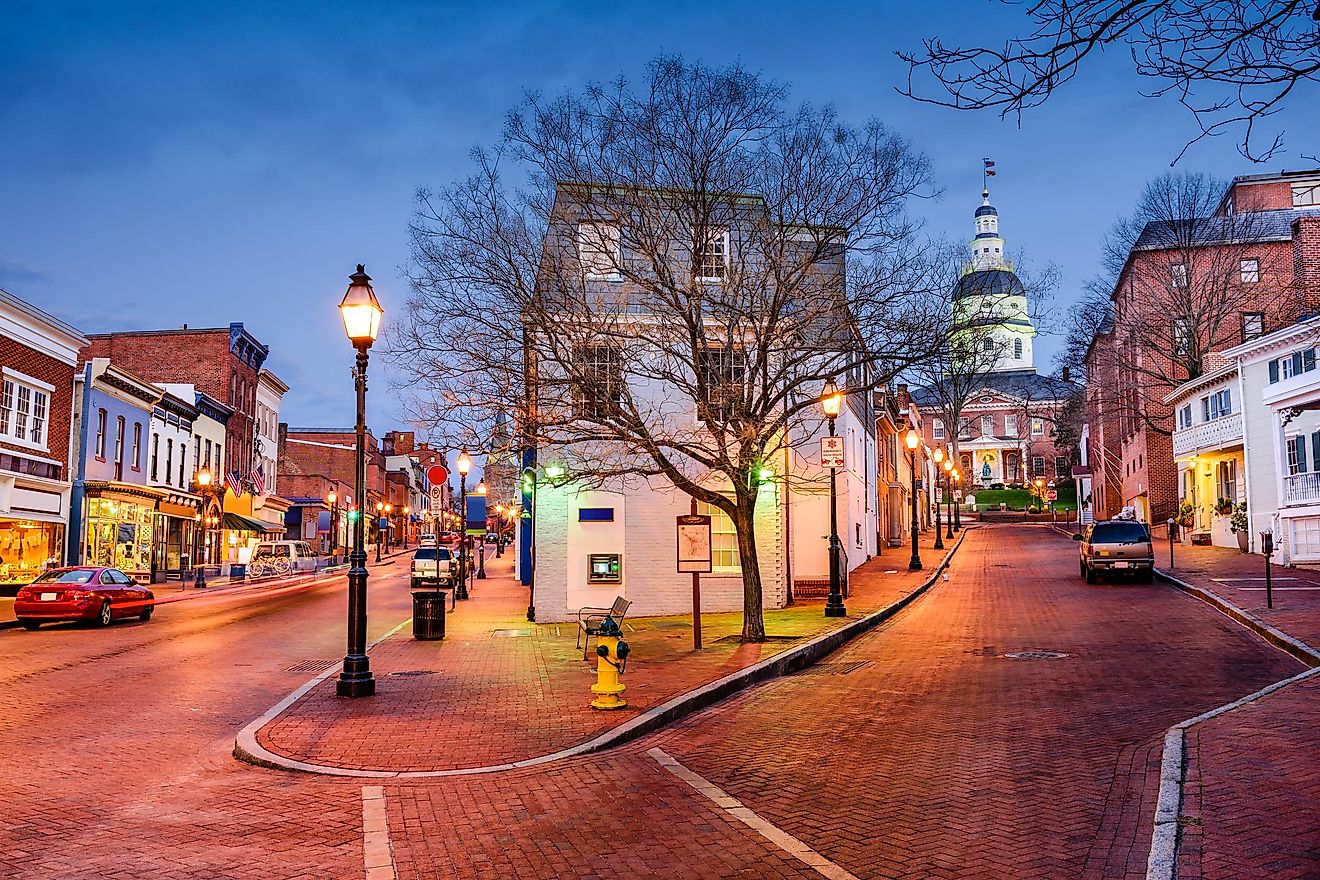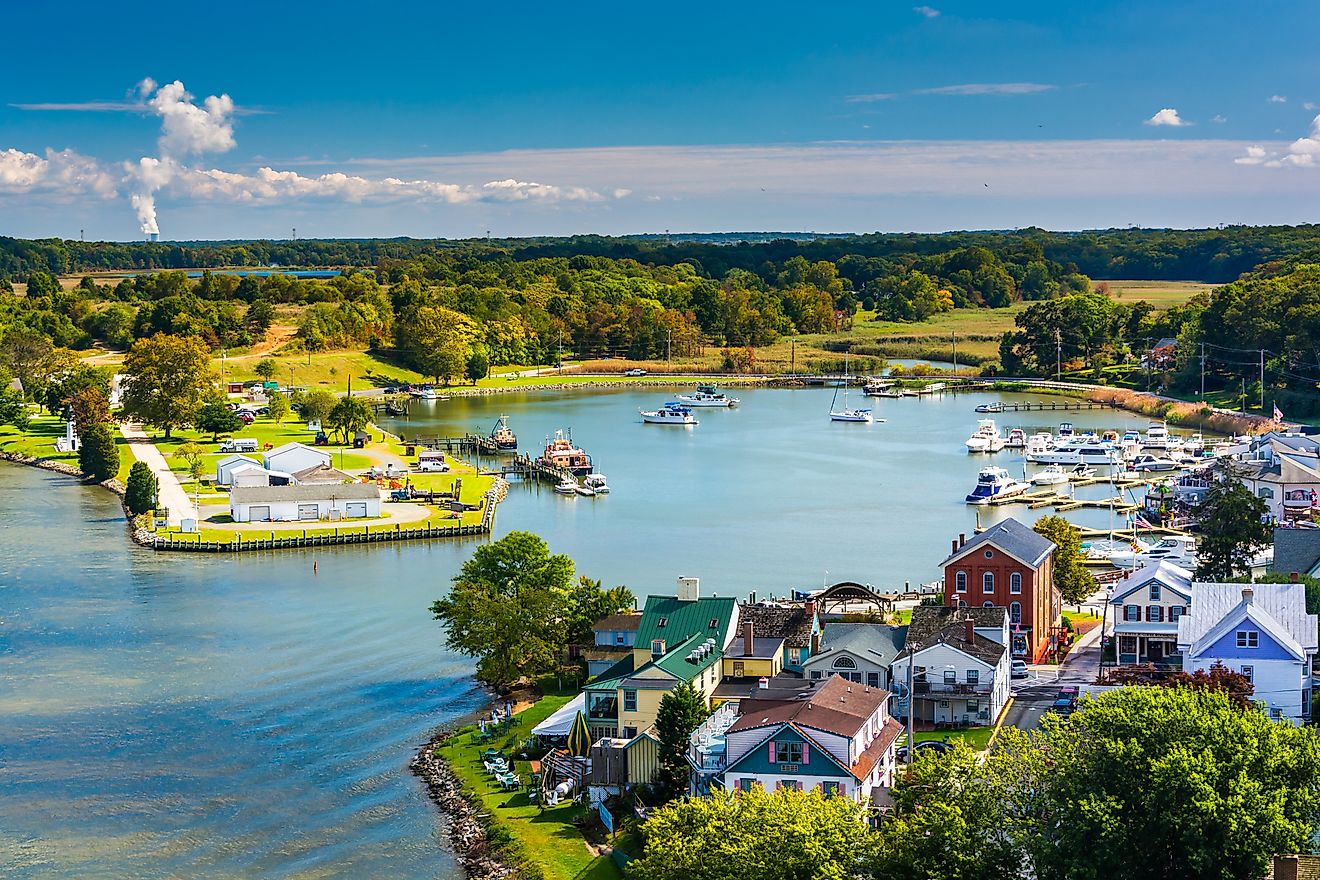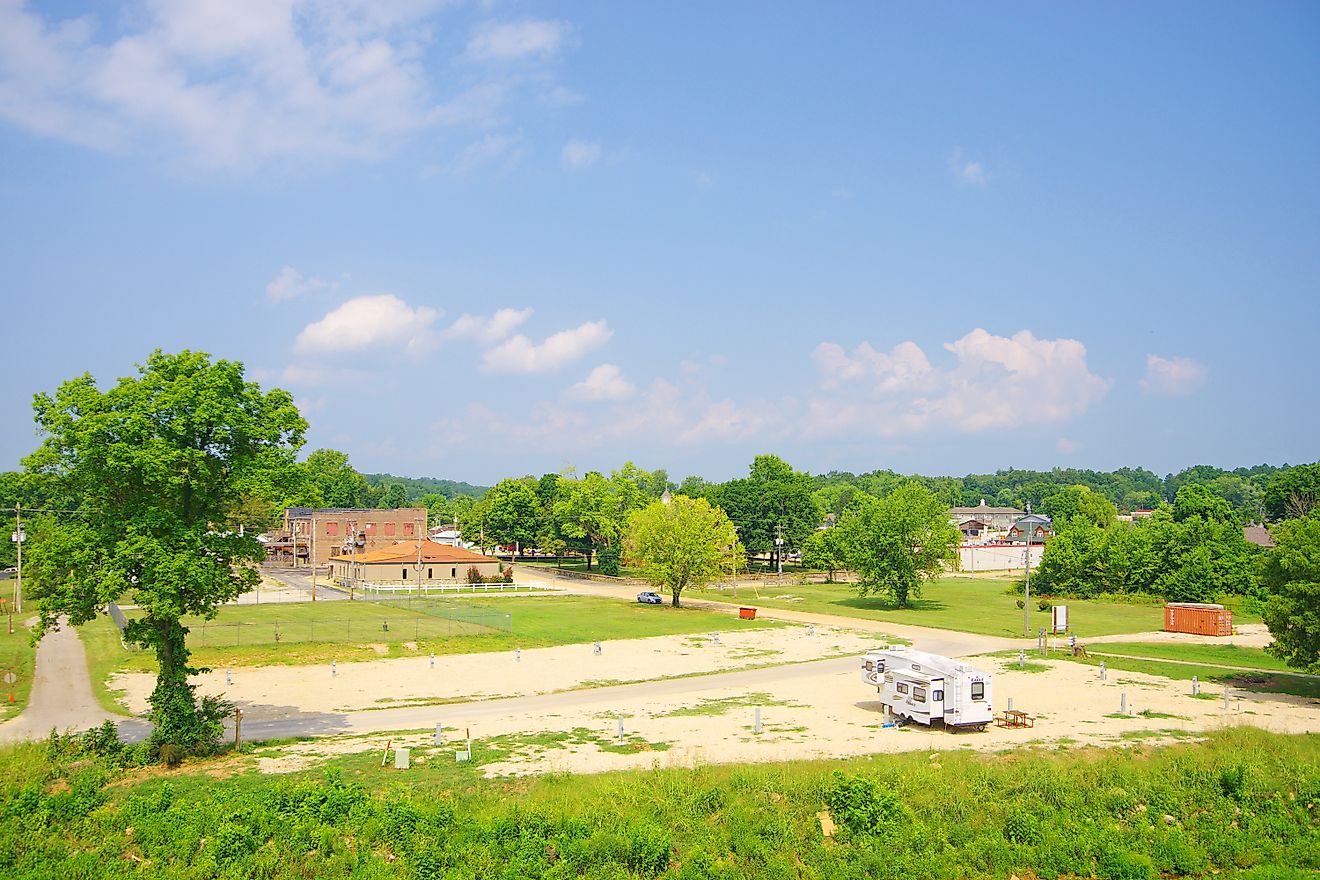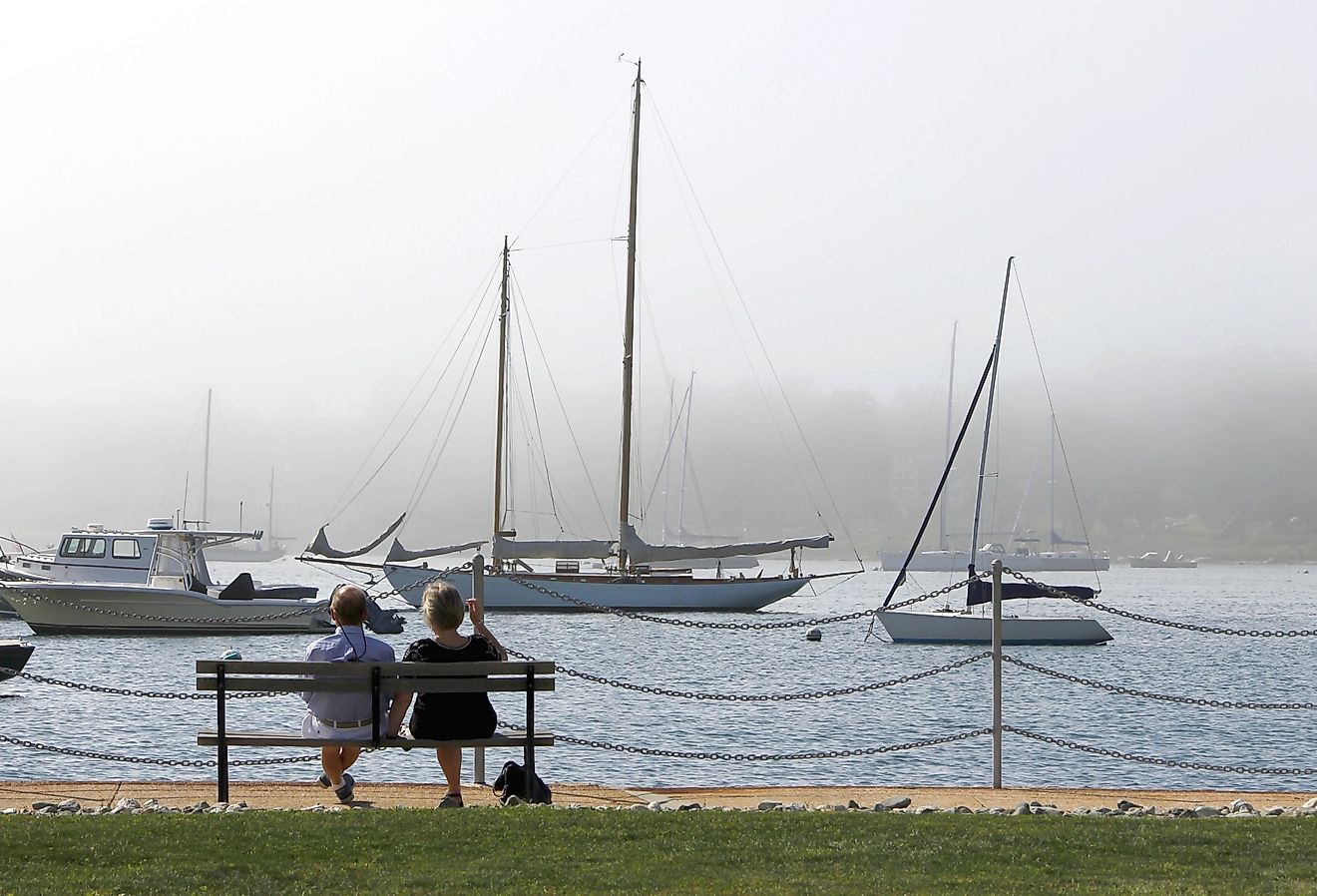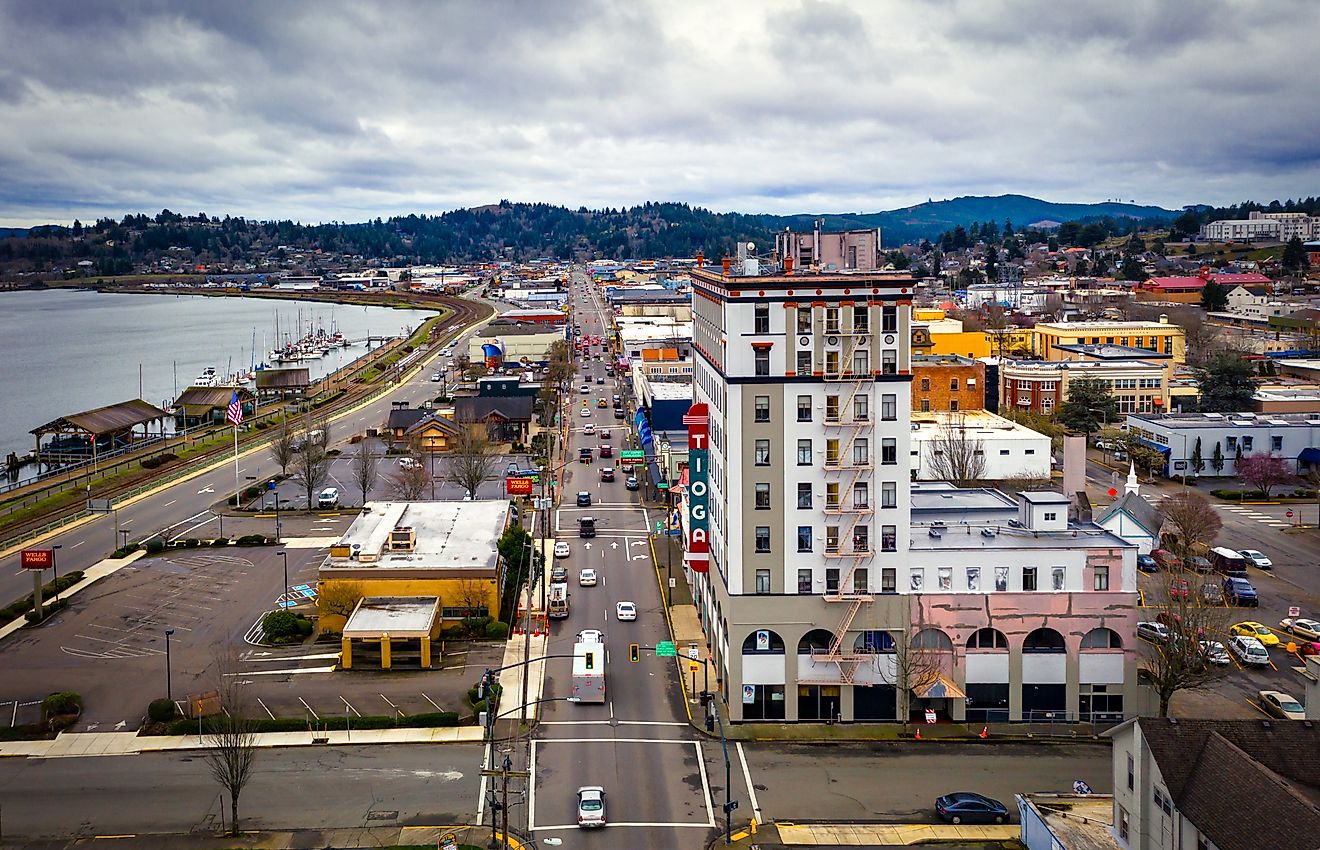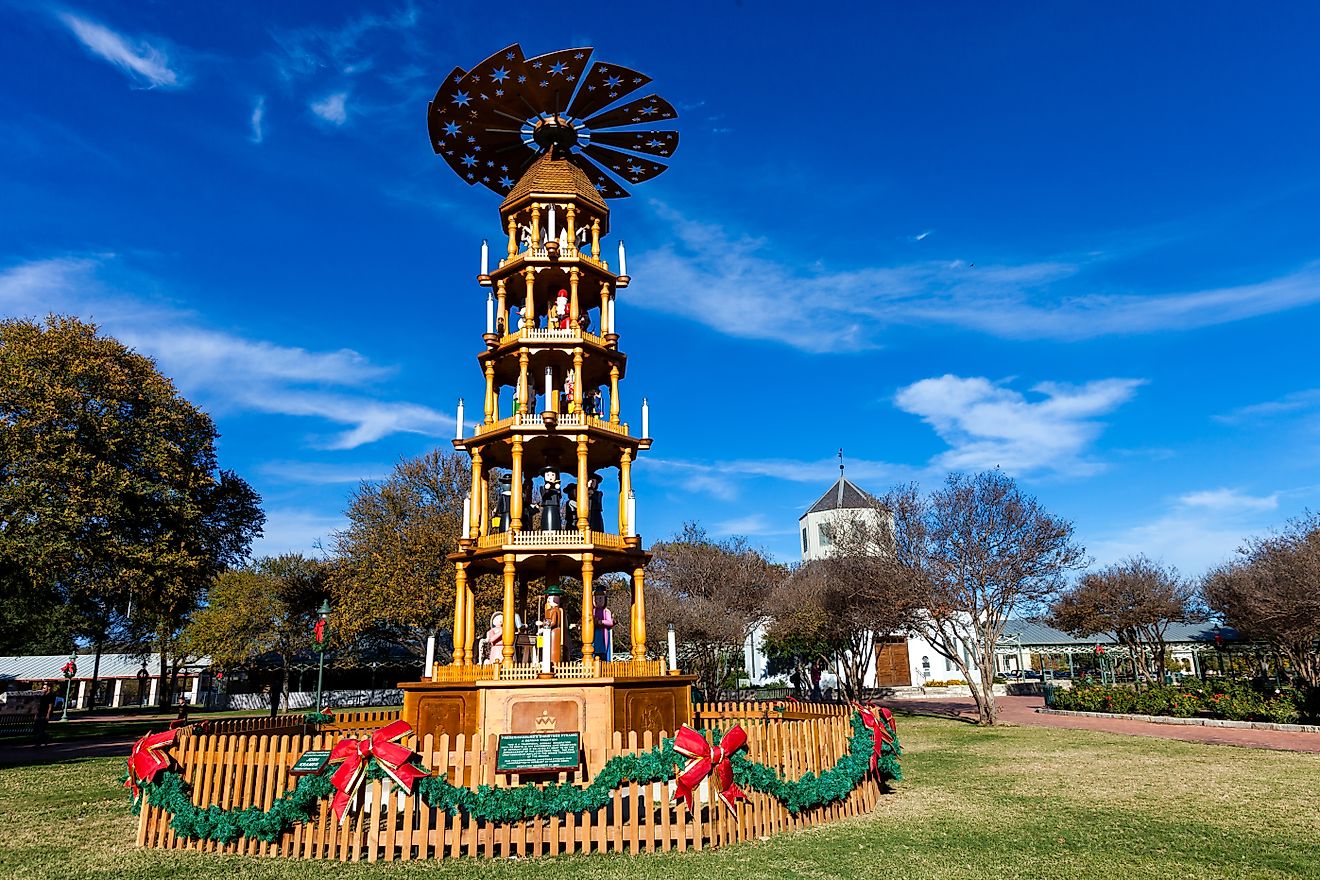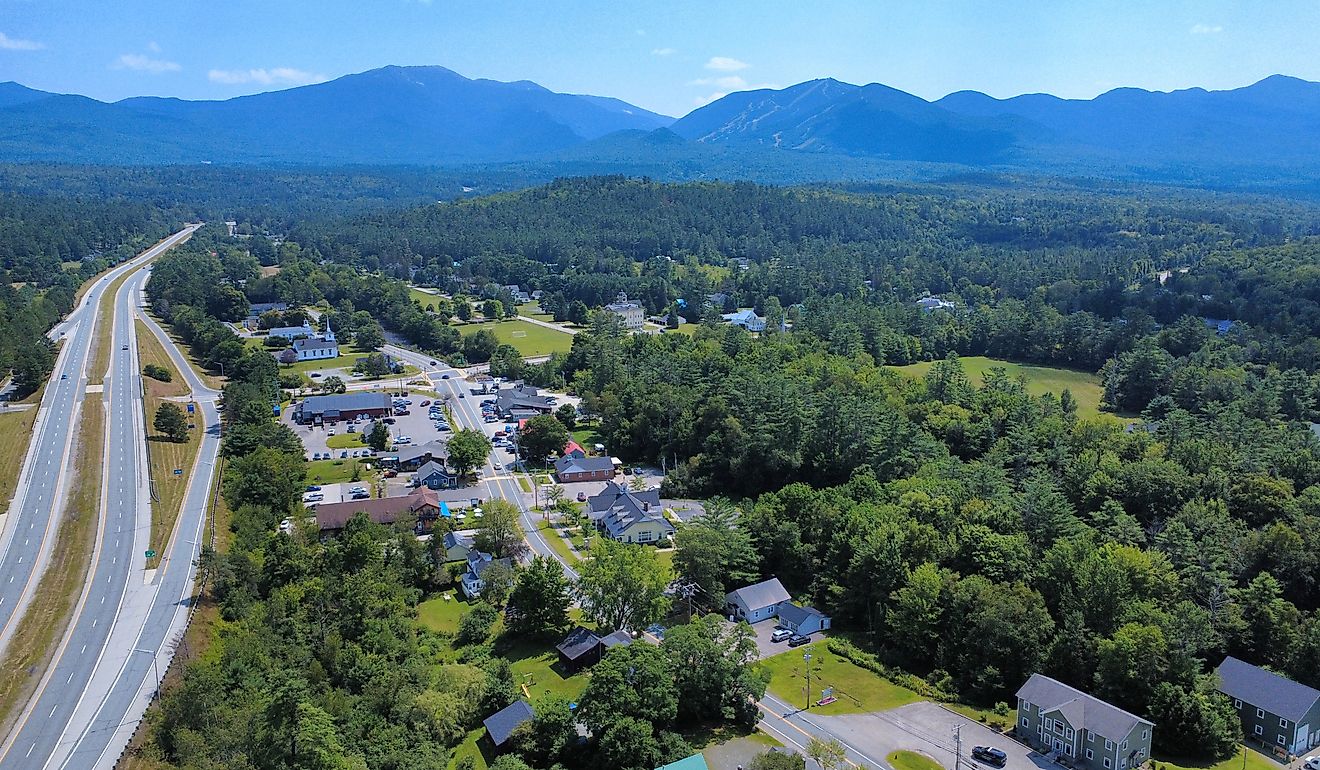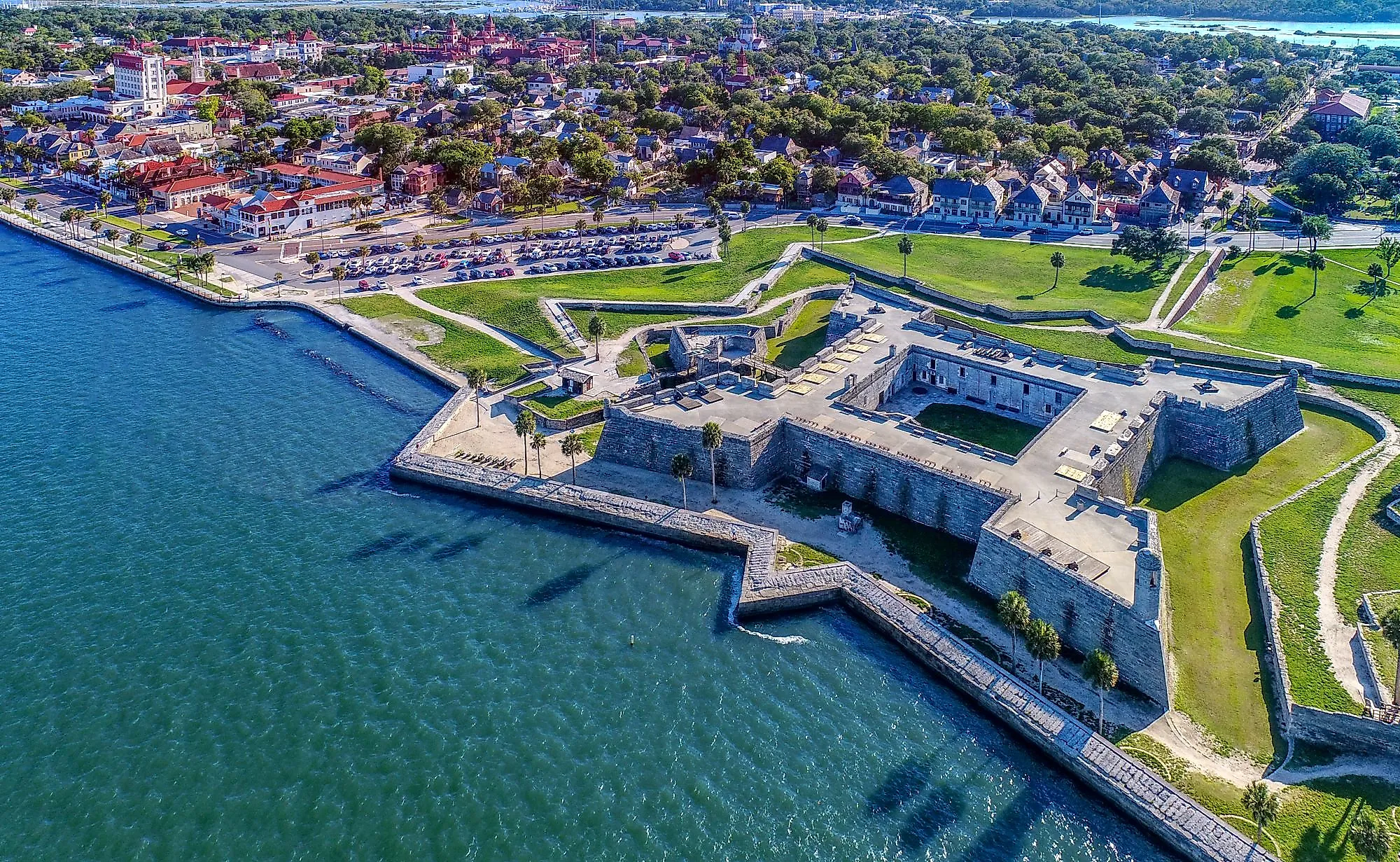
Most Beautiful Historic Towns In Florida
Florida has some of the oldest and most hotly contested settlements in the entire United States. Many nations, tribes, and communities have left their mark in this area, beginning thousands of years ago with indigenous populations, jump-starting in the 16th Century with European colonization, and still making waves into the mid-to-late 20th Century. Though history is an ongoing phenomenon, the picture only becomes clear retrospectively. And so let us look back in time to some of the most significant outposts, turned towns, and in some cases, turned major cities, and see what makes them so vital, captivating, and beautiful.
Key West
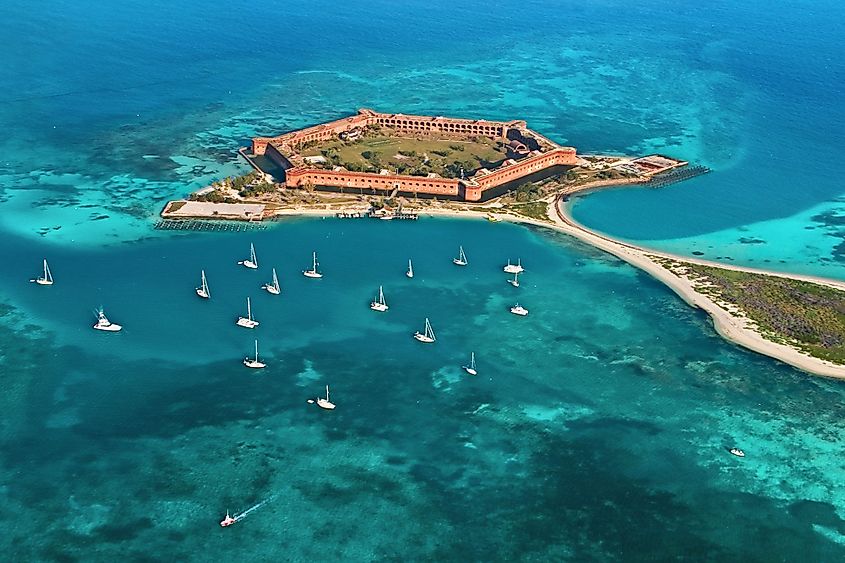
At the bottom of Highway US 1 is America's Southernmost city. Key West has an enticing location, far off the coast of mainland Florida and well on its way to Cuba. This tropical island paradise is surrounded by water, good times, and plenty of history. The deep blue sea welcomes visitors to swim with dolphins, rent a boat or paddle a kayak, dive, and snorkel as you please, or simply kick back on the beaches. The islands of Key West were first claimed by Lieutenant Commander Matthew C. Perry in 1822, and the city was incorporated in 1828. A stroll down to the Key West Historic District (Old Town) offers a glimpse into the look and feel of life back in those times. Be sure to plan a side trip to Fort Jefferson in Dry Tortugas National Park. This facility was constructed using 16 million imported bricks between 1846 to 1876. It mainly operated as a prison during the Civil War, with its most infamous prisoner being Dr. Samuel Mudd, who was convicted of conspiracy in the assassination of Abraham Lincoln.
Saint Augustine
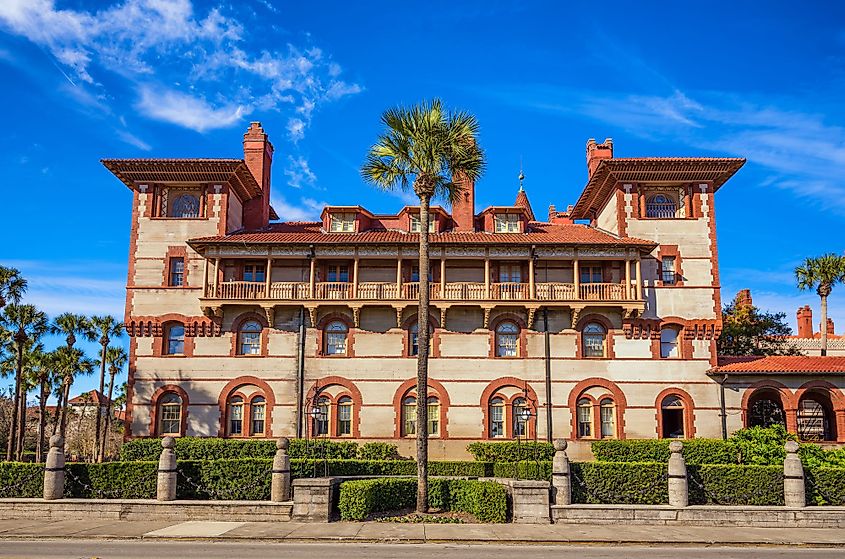
Saint Augustine is the country's oldest continuously-inhabited European city that the Spaniards founded in 1565. There are plenty of historical sites to explore in this city while also enjoying the typical Floridian climate and waterfront setting. The cobblestone streets of the old town, Flagler College, the St. Augustine Lighthouse & Maritime Museum, etc., are a must in one's historical itinerary. Along the way, one must take the time to appreciate the antique houses and range of other museums that are dotted over the former port town. St. Augustine also played a lesser-known and quite a brutal role in the Civil Rights movement of the 1960s. The murder of Andrew Young and the imprisonment of Martin Luther King, Jr. likely catalyzed the passage of the Civil Rights Act a mere month later.
Jacksonville
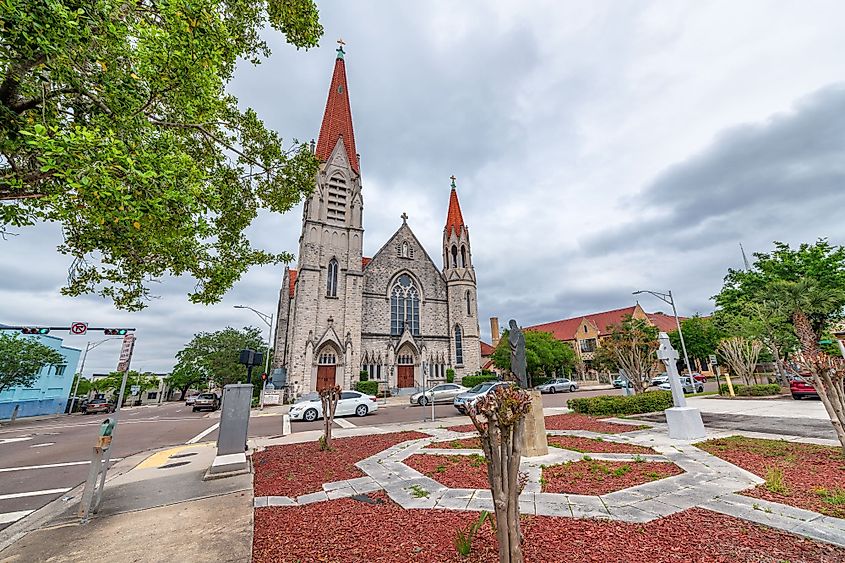
In 1562, a group of French Huguenots, led by Jean Ribault, surveyed the region of modern-day Jacksonville and built Fort Caroline, where the St. Johns River meets the Atlantic Ocean. Only a few years later, the Spanish destroyed the fort, who had previously claimed the Florida Peninsula. They rebuilt their own settlement and operated here for nearly 200 years. In 1763, Spain offered the territory to the British in exchange for continued ownership of Havana, Cuba. During their reign, the Spaniards converted the Timucuan Indians to Catholicism. When they surrendered the region to the British, the Spanish took the remaining natives with them. In 1821, the freshly ceded territory of modern-day Florida became part of the United States. The following year, Jacksonville was established in honor of Andrew Jackson, the territory's first governor and eventual US President. Nowadays, Jacksonville has ballooned into the most populous city in the state, the largest city (in terms of area) in the contiguous United States, an a-rocking place for all kinds of social and sporting events, a hub for family fun, and a beach/park lover's dream.
Fernandina Beach
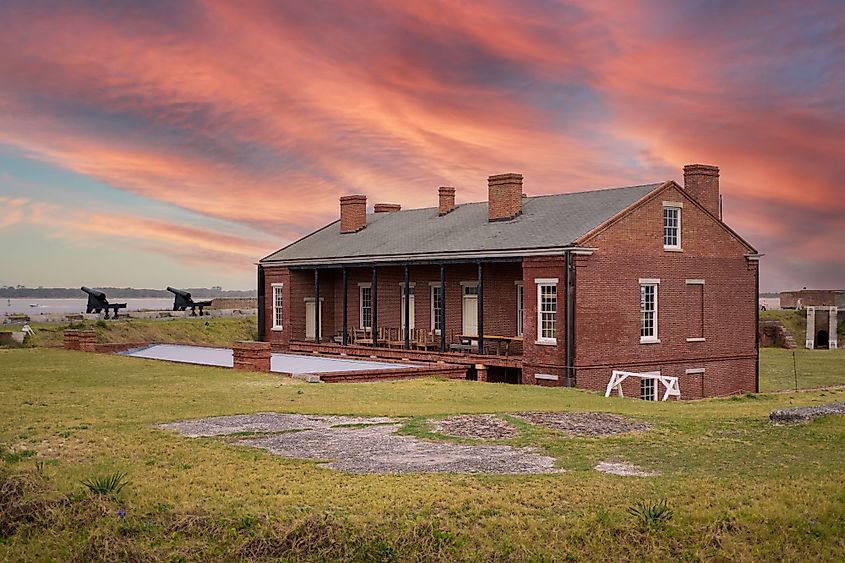
Fernandina Beach is a former Victorian seaport village on Amelia Island, which is located just off of Florida's northeastern coast, less than an hour's drive from Jacksonville. This historic site is also called "Isle of Eight Flags" because, beginning when the Spanish settled in the 17th Century, a total of eight nations have taken control of the island. Like Jacksonville, the Timucuan occupied the area before the ongoing siege, which they called Napoyca, likely beginning around 1000 A.D. The town of Fernandina Beach was incorporated in 1825. Many of its original buildings can still be found in the downtown district.
Pensacola
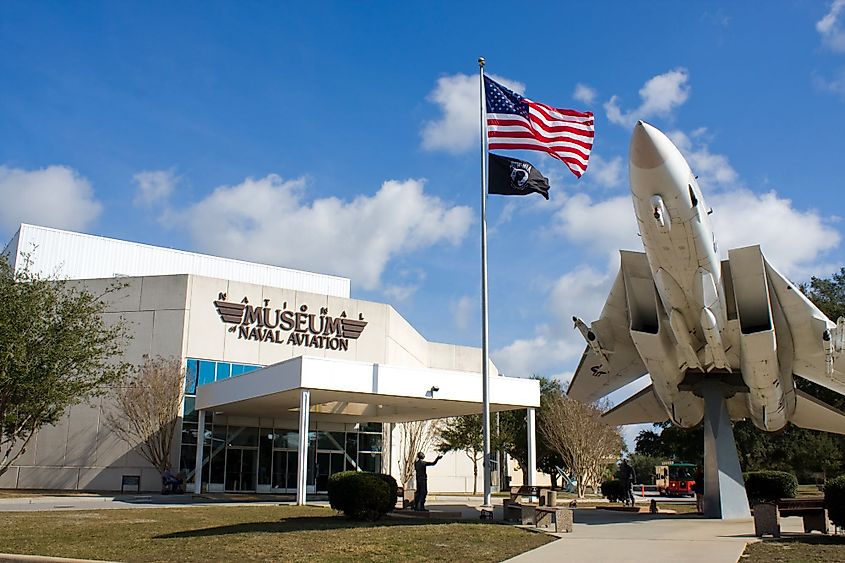
With nearly 500 years of history, Pensacola's first settlement even predates St. Augustine. Nicknamed "The City of Five Flags," Pensacola, like Amelia Island, Jacksonville, and other old Floridian towns has been ruled by many nations, in this case: Britain, Spain, France, the Confederacy, and (since 1821) the United States. These days, Pensacola highlights its history across various sites and museums throughout town. One of the famous places for a more recent historical experience is the National Naval Aviation Museum, where visitors can see more than 150 restored planes and jump in a flight simulator to try some high-octane F/A-18 missions. Pensacola is also a prized beach destination, which serves as a lovely compliment before, during, or after some trips down memory lane.
Miami/Little Havana
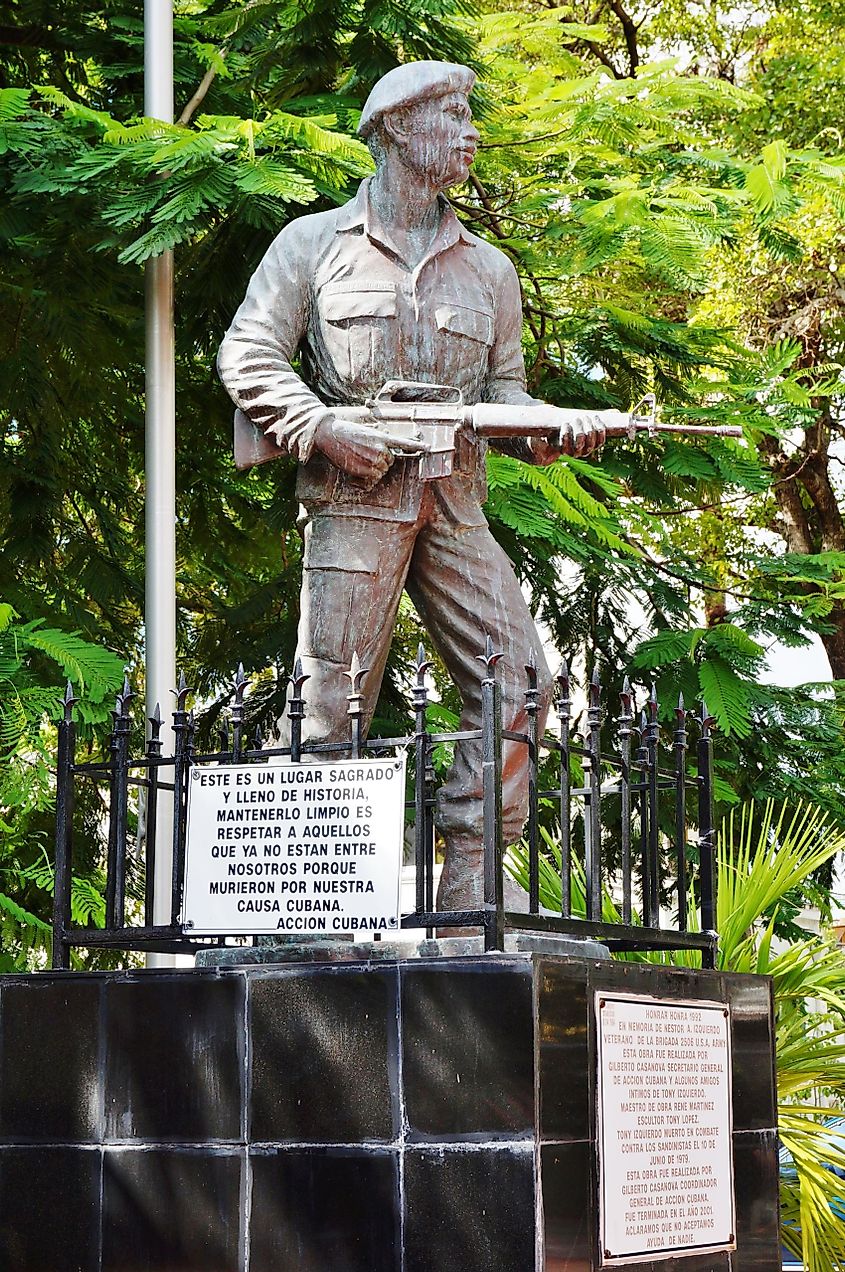
This vibrant city is not only one of the most sought-out vacation destinations throughout the state and the country but also the world. While many appealing areas draw visitors from all over, the neighborhood of Little Havana is as magnetic as any and bears particular cultural and historical significance. This energetic community gives visitors a chance to absorb some of the Cuban culture that is so embedded in Miami and much of the surrounding state. Since the Cuban exiles started flocking to Miami-Dade County in the 1960s and '70s, Cuban-born residents' population has ballooned to constitute about a quarter of the 2.7-million figure for this area. In addition, around 500,000 people are of second or third-generation Cuban descent. This cultural backbone not only sets a welcoming tone for immigrants but also establishes a genuine and unique experience for residents and tourists alike. The Cuban flavors found here include but are certainly not limited to authentic food and drinks, consistent Spanish chatter, salsa-dancing, cigars, games, art and music, animals, and more. A stand-out gathering point for all this magic is the Cubaocho Museum & Performing Arts Center. No wonder the National Trust for Historic Preservation declared Little Havana a "national treasure."
The geographical and metaphorical out-reaching arm of Florida has brought a frenzy of activity to its shores. The last several centuries tell countless tales of discovery, displacement, struggle, and celebration, all of which are told through the streets, enshrined sites, museums, and communities in some of the most historic and beautiful towns throughout the state.
